ANTD.VN - The world's leading tourist cities such as Bangkok, Pattaya (Thailand), Beijing (China), London (UK)... are clear evidence of the strong development of the night-time economy, accounting for 60-75% of total revenue from the smokeless industry.
The value of the “electric economy” has been growing steadily over the years. Meanwhile, in Vietnam, this is still a “gold mine” that has not been fully and effectively exploited.
The "super huge" numbers of the night economy
The concept of “night-time economy” was first mentioned in the 1970s in the UK - a pioneer in developing the night-time economy, with a specialized organization to monitor and develop this industry called NTIA (Night Time Industries Association). According to NTIA, the UK night-time economy is currently the fifth largest industry, accounting for 8% of jobs and generating 66 billion pounds in revenue each year, equivalent to 6% of GDP.
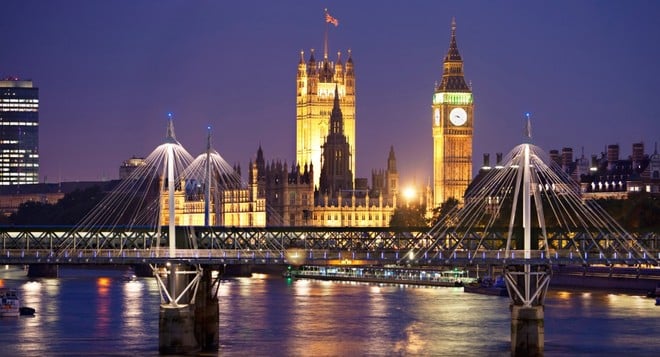 |
| The UK is enhancing services and night-time activities, aiming to make London the world's leading 24-hour sleepless city (Illustration photo) |
London is the center of this economy, contributing 40% of the national revenue, creating hundreds of thousands of jobs in areas such as hotels, arts, entertainment. To promote the night economy, London has implemented policies such as appointing the title of "Night Czar" (Night Mayor), opening the "Night Tube" subway line, generating hundreds of millions of pounds each year, testing the "Night Business Zone" in Walthamstow, supporting businesses to open late...
Another example of night-time economic development is China. In the early 1990s, the “night-time economy” began to emerge in this country of a billion people. By the end of 2020, the size of the night-time economic market in China was estimated to reach 2,400 billion USD. To stimulate the market, provinces and cities in China are willing to reduce electricity prices and open more shops and services.
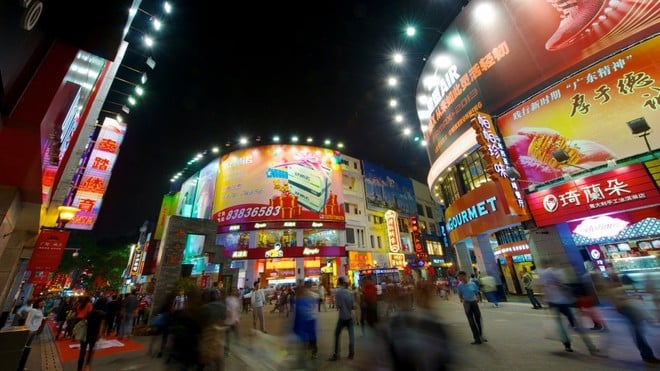 |
| In Beijing, streets that operate 12 hours at night will receive more than 700 thousand USD in subsidies for business development (Illustration photo) |
Not only walking streets and food courts, to develop the night economy, China also digs deep into the "gold mine" with a cultural "drill". A typical example is "Eight Wards and Thirteen Alleys", a key tourism-cultural-commercial-entertainment area of Linxia City (Gansu Province), welcoming more than 12 million visitors when put into operation. This model determines to promote the development of culture and night economy, by optimizing the design of space planning, enriching the types of services, bringing the art of lighting into the architecture of the entire area, so that the magical shimmering lights enhance the beauty of temples, shrines, ancient houses, bridges and streams... Thereby attracting tourists to experience and spend money on shopping.
Meanwhile, Thailand, Vietnam’s top “rival” in tourism, has been operating a tourism model based on events and parties very effectively. According to the Tourism Authority of Thailand, tourism revenue increased by 44% in the last month of 2023 alone, earning up to 1.6 billion USD after the country extended the opening hours for entertainment venues to 4 am.
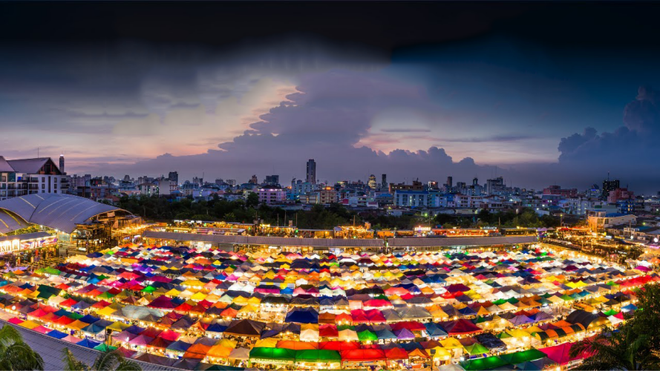 |
| Bangkok's vibrant nightlife attracts tourists (Illustration photo) |
In fact, the night-time economy has been a lifeline for Thailand’s tourism industry since the SARS epidemic in 2003. In 2016, Bangkok surpassed London and New York to top Euromonitor’s “Most Visitable Cities” list, with nearly 35 million visitors and $71.4 billion in revenue. According to Bloomberg, each visitor stayed in Bangkok for an average of 4.8 days and spent $184 a day, far surpassing cities like New York and London.
Removing "bottlenecks" to create momentum for Vietnamese tourism
Tourist spending is an important factor in measuring the impact of tourism on the economy. Although Vietnam's tourism has an impressive growth rate in the region and is ranked among the top countries with the fastest tourism recovery after the pandemic, international tourist spending in Vietnam is still low. Specifically, within 9 days, tourists spent 96 USD/day in Vietnam, while this figure in Thailand was 163 USD. One of the reasons why tourist spending in Vietnam is not high is the "gap" in the night economy.
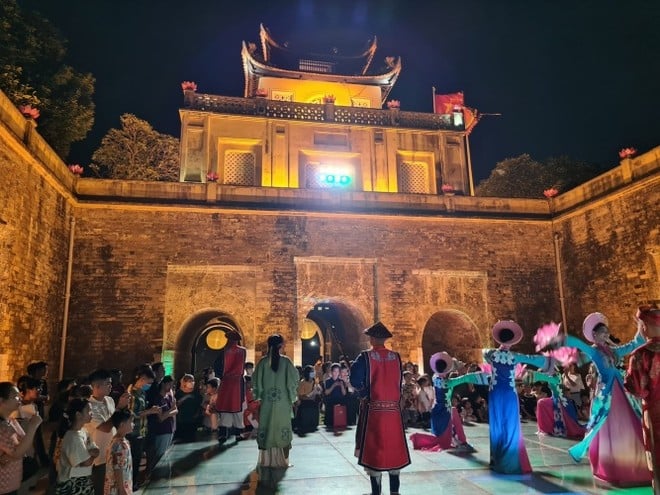 |
| Night tourism products in Hanoi initially show positive signs in promoting and developing the economic model under the lights (Illustration photo) |
The lack of services and infrastructure for night activities causes tourists to leave after finishing their day tours. This not only reduces their length of stay but also greatly affects their spending. Big cities such as Hanoi, Ho Chi Minh City, Da Nang, Nha Trang all have the potential to develop a night-time economy thanks to their rich culture, unique cuisine and convenient traffic connections. However, night-time economic activities here have not yet been developed synchronously and sustainably, and the revenue is not high, although famous walking streets such as Hoan Kiem Lake (Hanoi) and Bui Vien (Ho Chi Minh City) have attracted quite a lot of tourists.
According to experts, the night economy in Vietnam is still fragmented and lacks clear planning. If we consider the night economy as "business activities from 6pm to 6am in the service sector", then currently, many night markets only sell small items, urban areas are often deserted after 10pm, and public services such as buses and public toilets also stop operating early. Furthermore, the lack of a systematic control and management mechanism, no planning of separate areas, no specialized organization to manage the night economy... makes this activity unable to develop as expected.
 |
| The tourist paradise of Phu Quoc Island has been invested in by many units to develop the night-time economy, but there are still many "bottlenecks" that hinder strong development. |
While the world has earned billions of dollars from the night-time economy, in Vietnam, this model is still developing fragmentedly and has not received due attention. In terms of policy, it was not until 2020 that the Government issued the "Project on developing the night-time economy in Vietnam". Then, in 2023, the Ministry of Culture, Sports and Tourism issued the Project "Some models for developing night-time tourism products". However, implementation still faces many difficulties due to lack of coordination between functional agencies and lack of long-term development strategy.
“Lighting up” the night economy is not only an opportunity to promote tourism but also an opportunity to enhance cultural values and build a national brand. For the night economy to shine, Vietnam needs to strongly promote mechanisms, policies and planning. Thereby, it will create sustainable development for the tourism industry, contribute to increasing budget revenue and improving the country's image in the eyes of international friends. Aiming to make tourism truly a spearhead economic sector, striving to welcome 35 million international visitors by 2030, with a growth rate of 13-15%/year, directly contributing 13-14% to GDP.
Source: https://www.anninhthudo.vn/suc-nong-kinh-te-dem-bai-hoc-tu-nhung-diem-den-soi-dong-nhat-the-gioi-post603200.antd

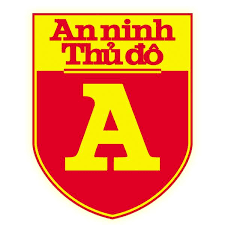
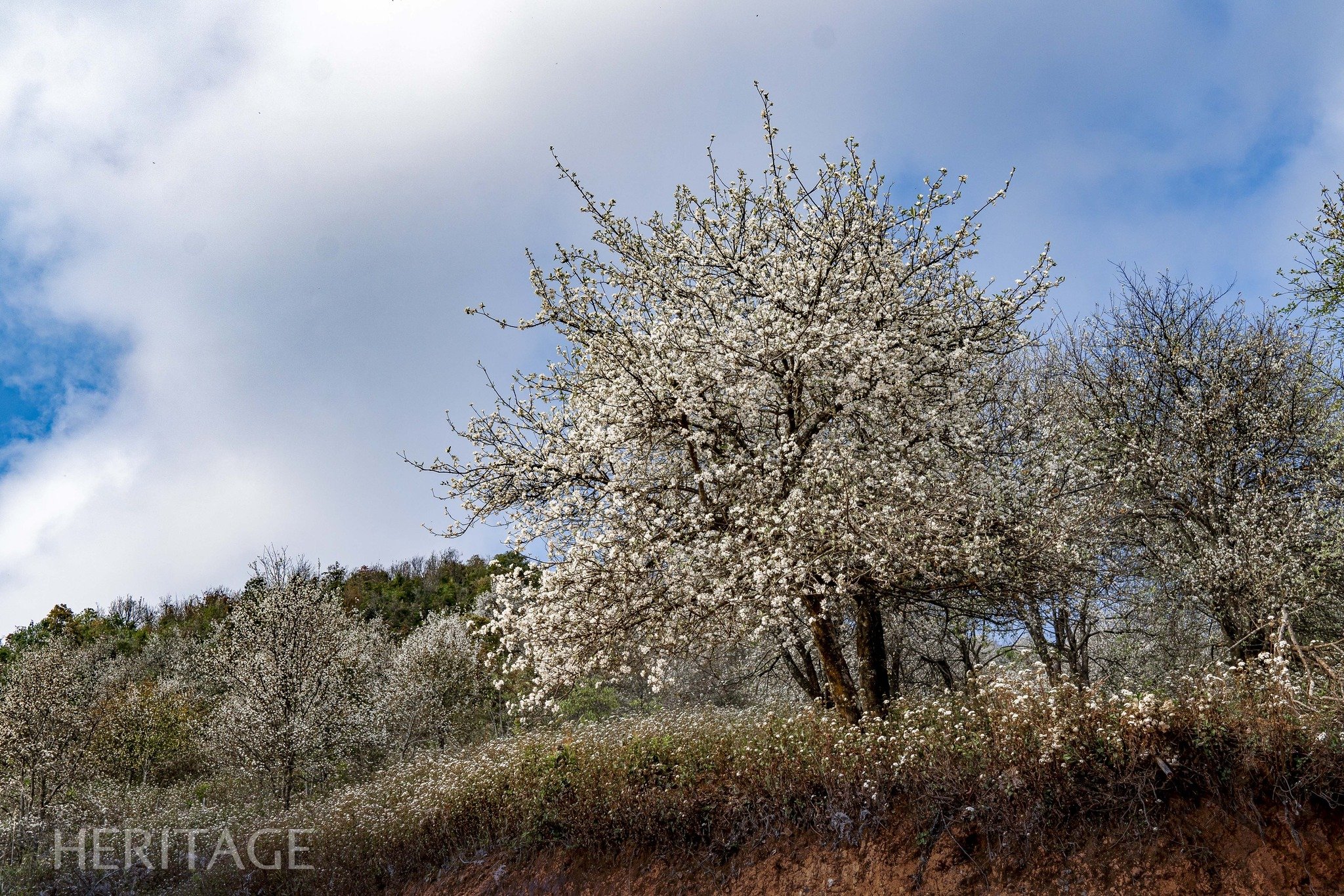



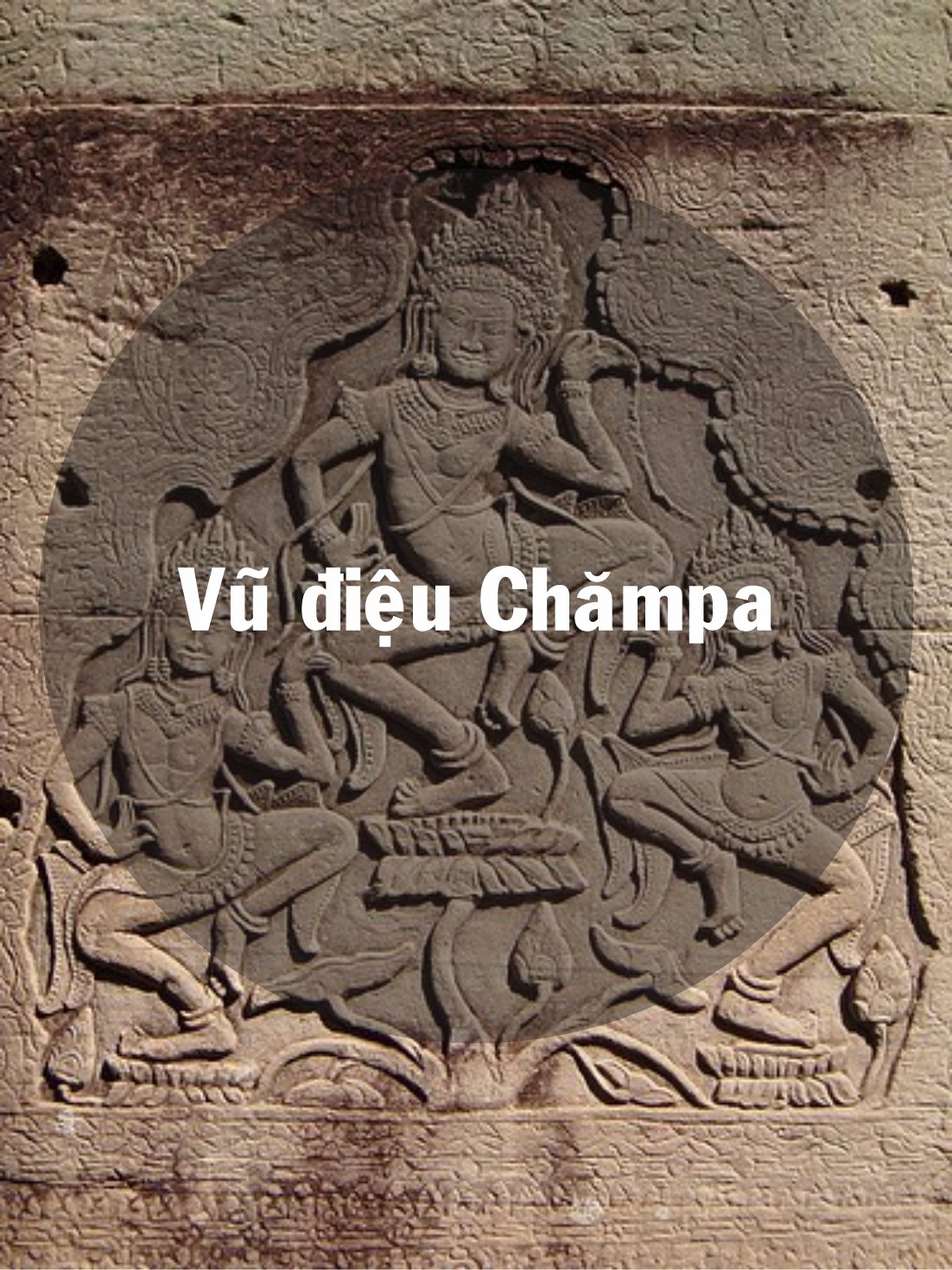

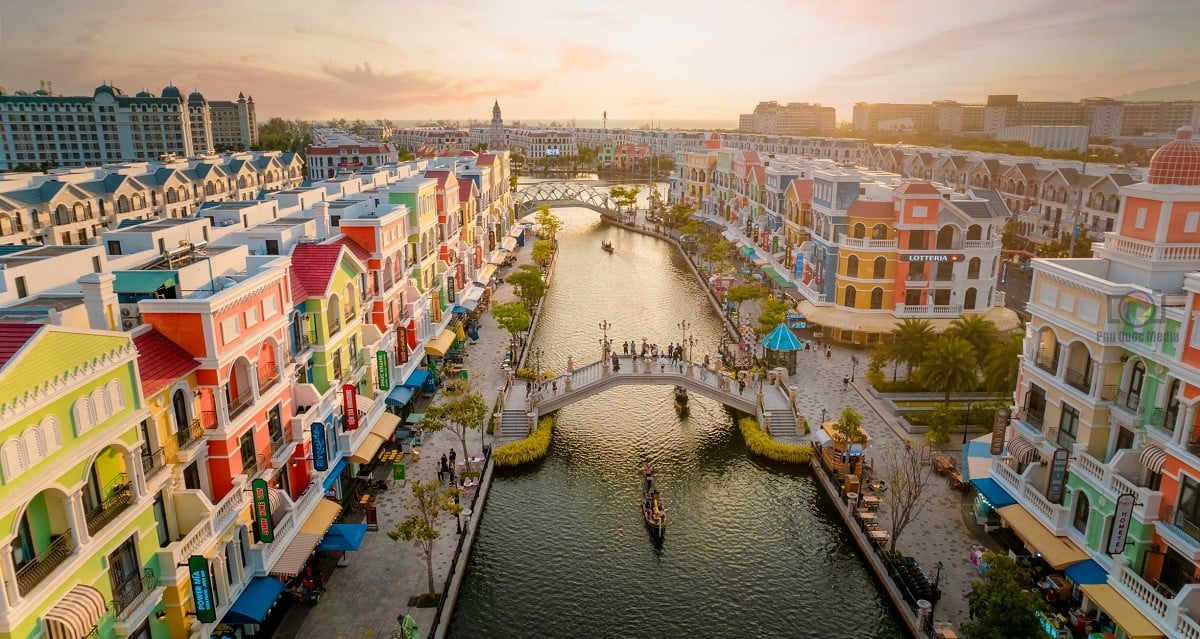






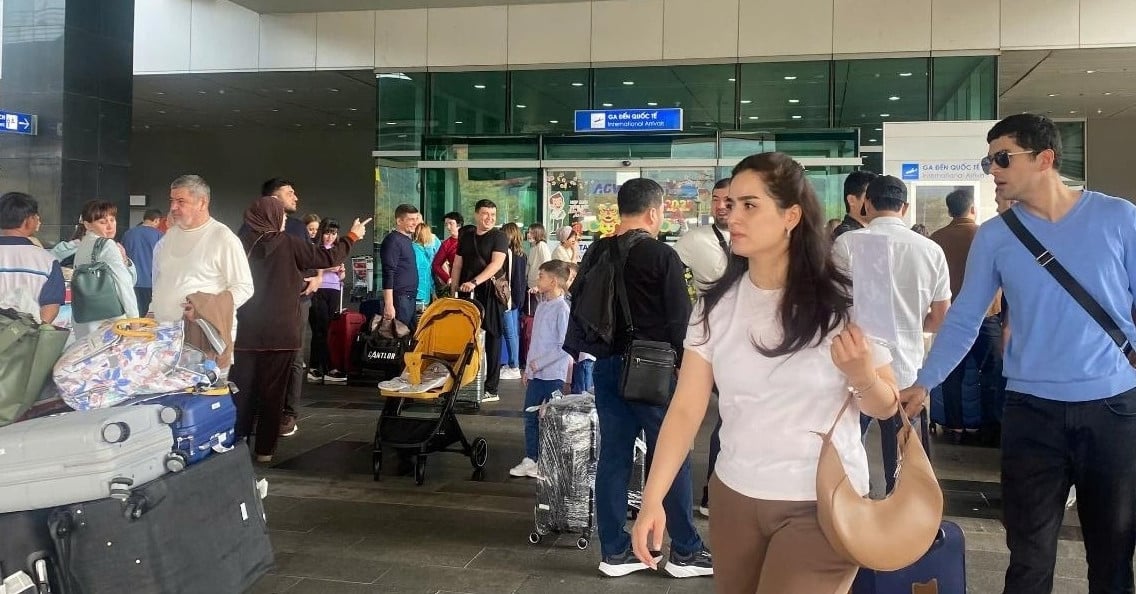
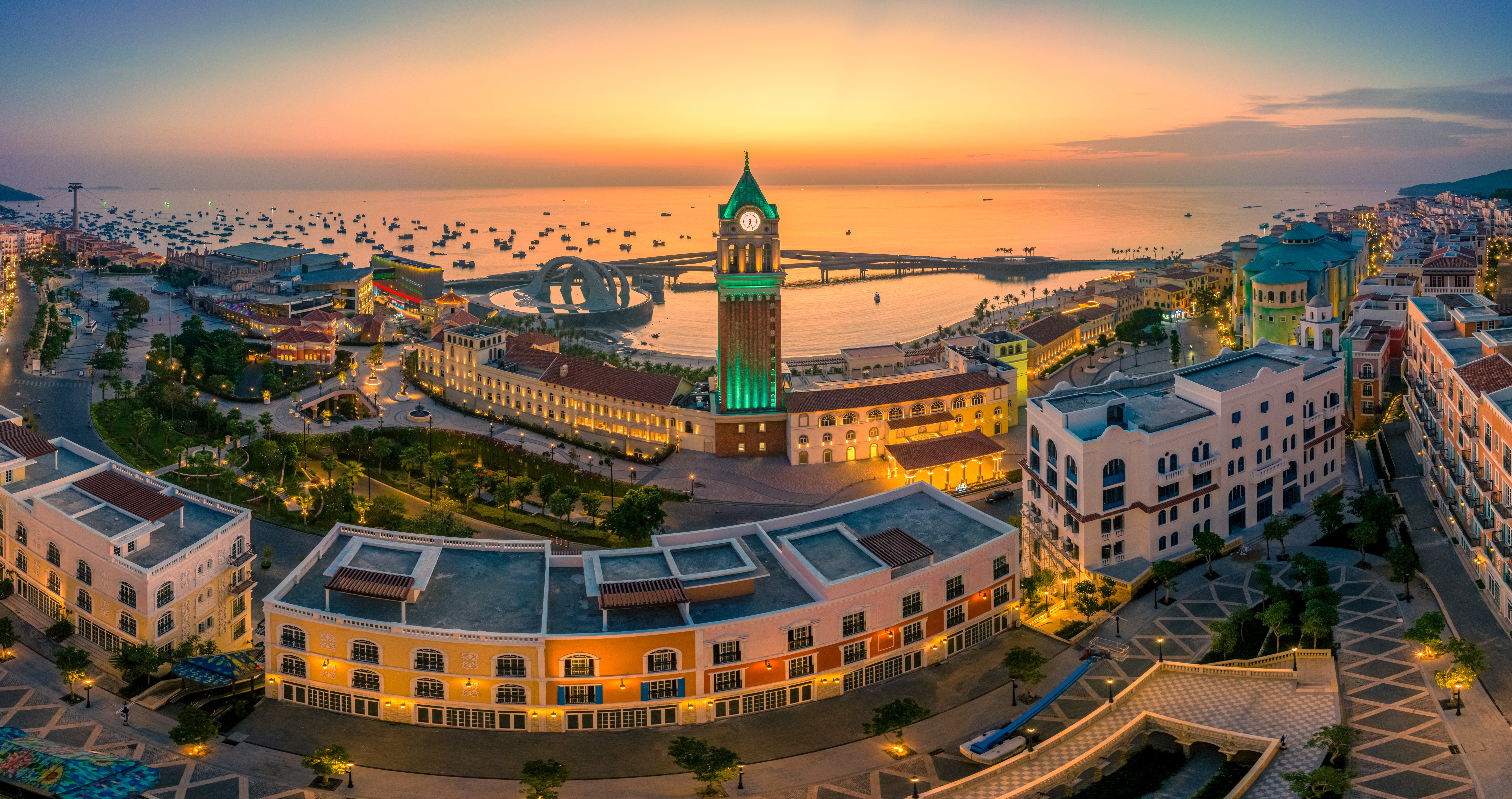





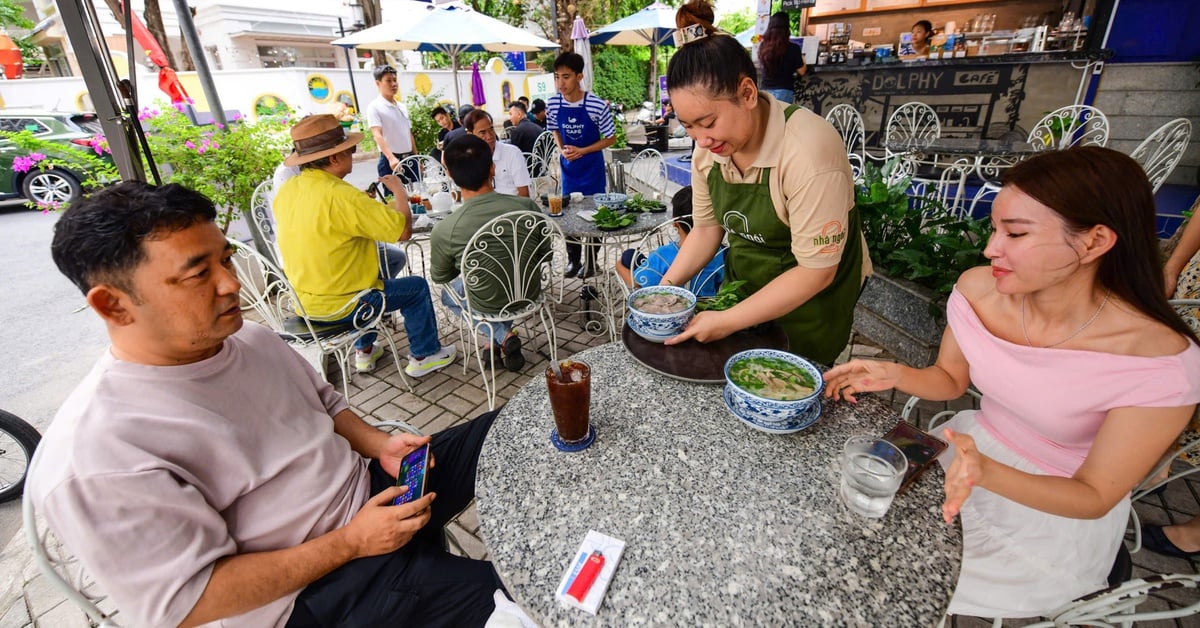
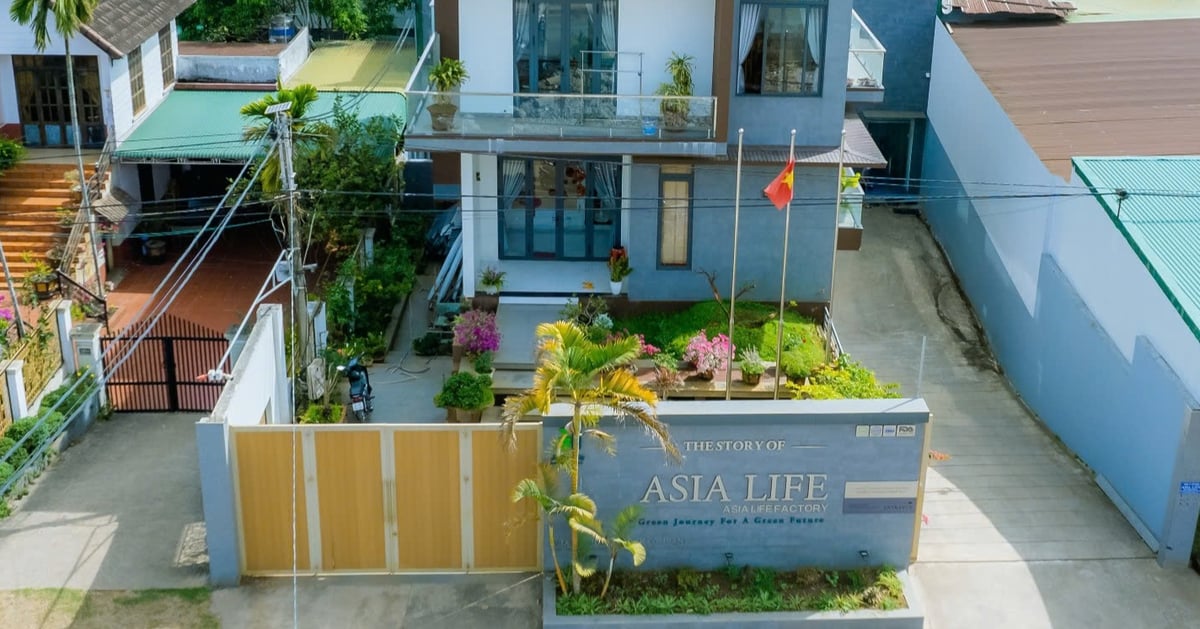




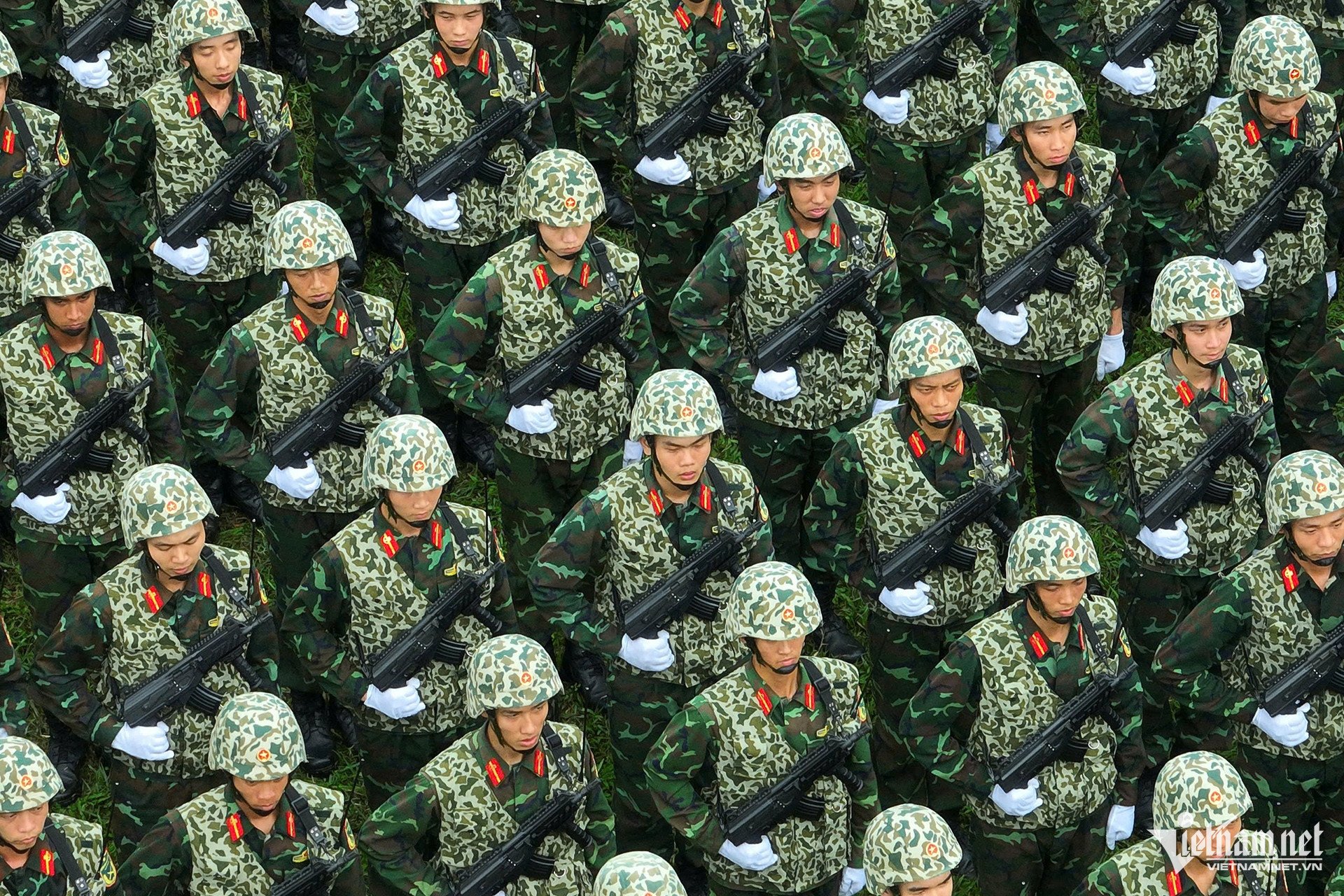


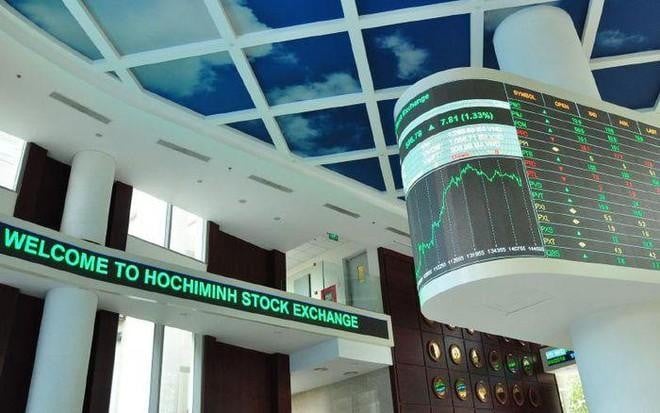
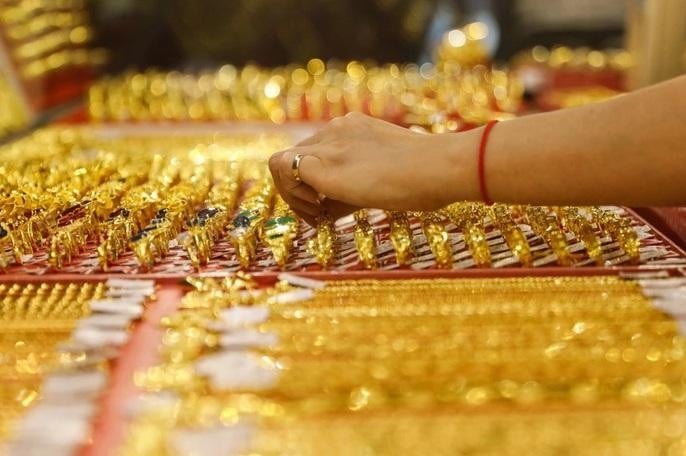
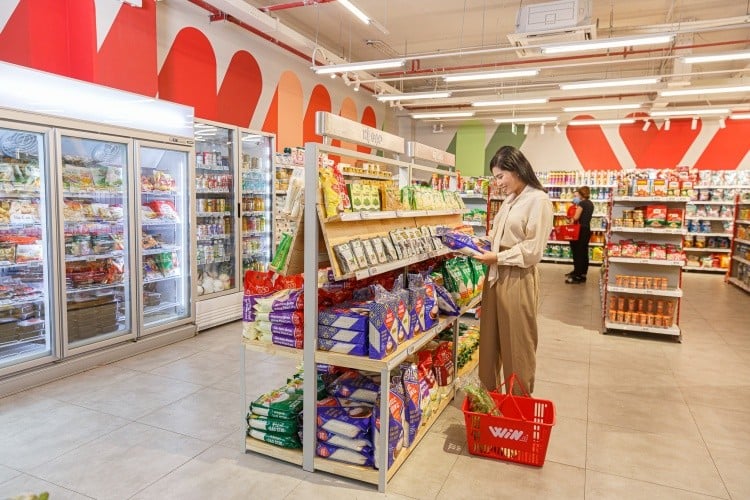
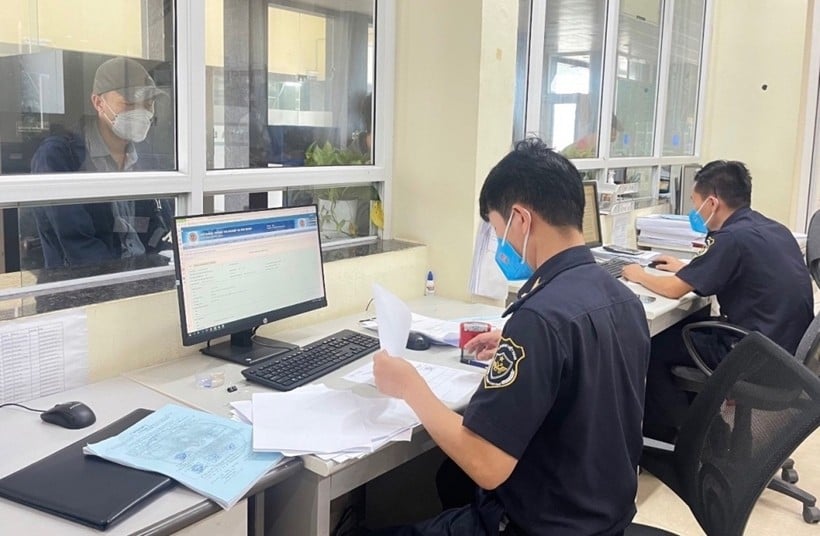













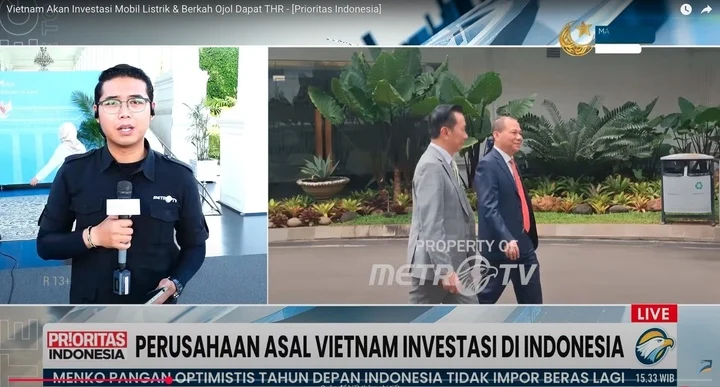

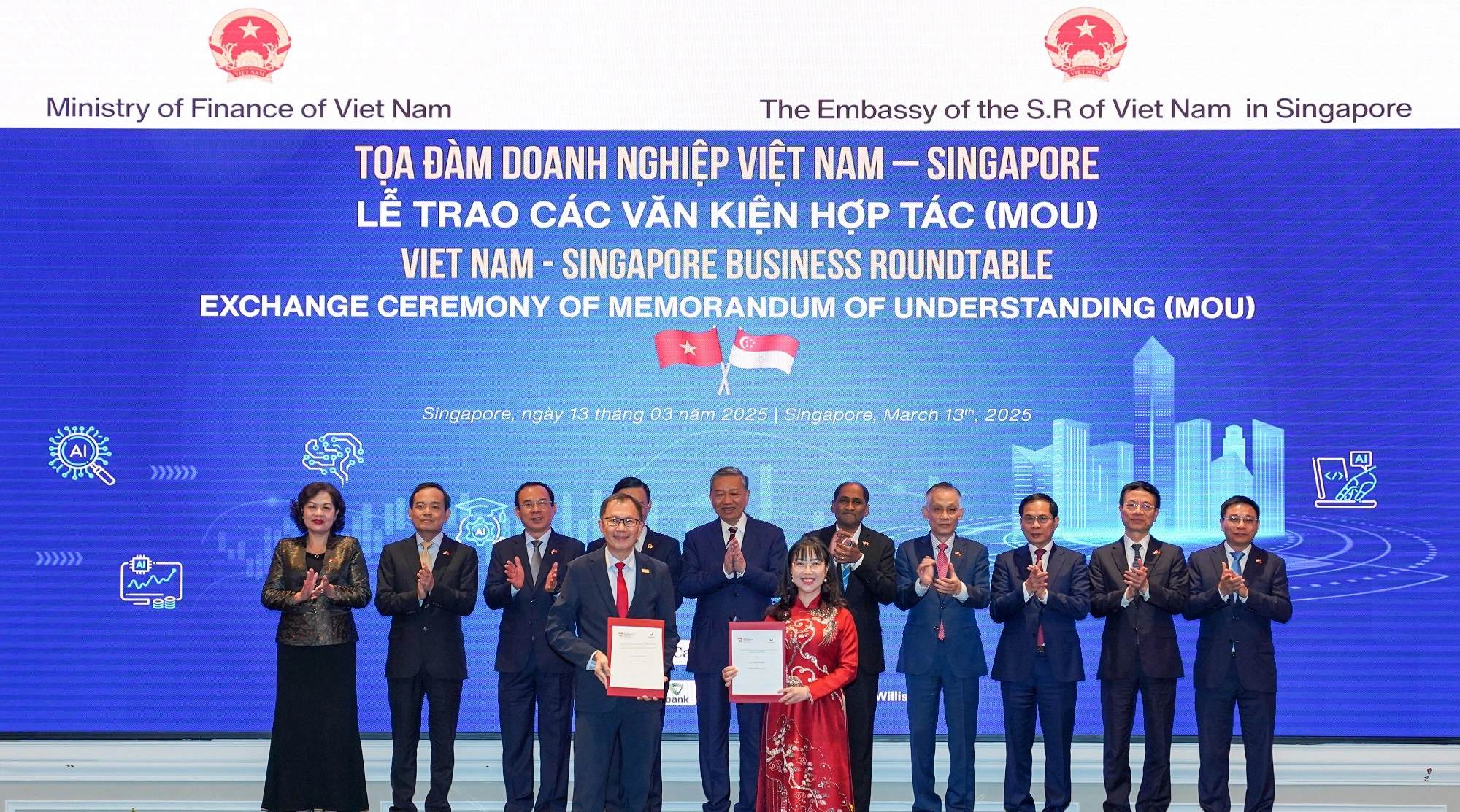











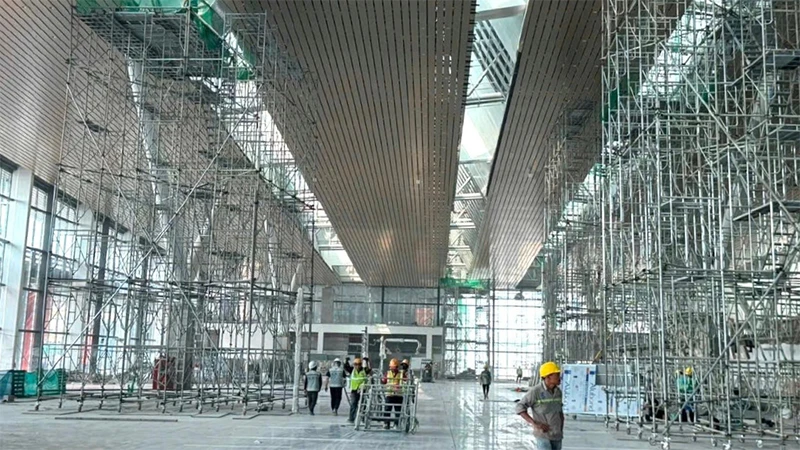





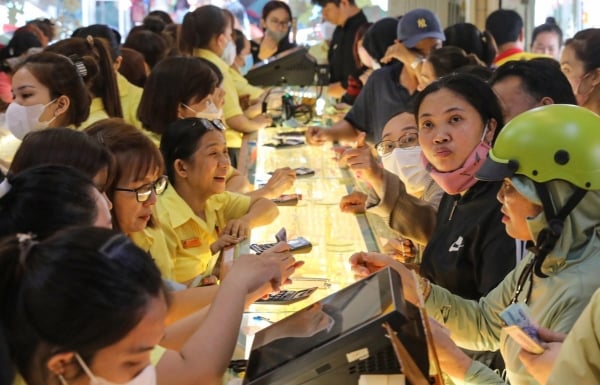
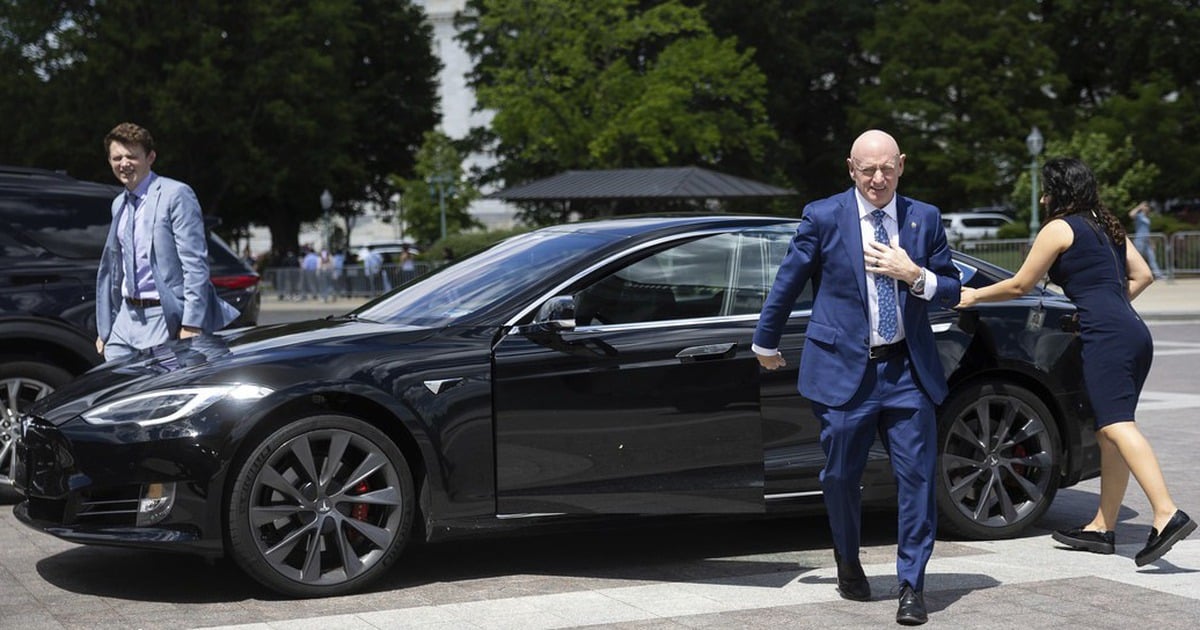





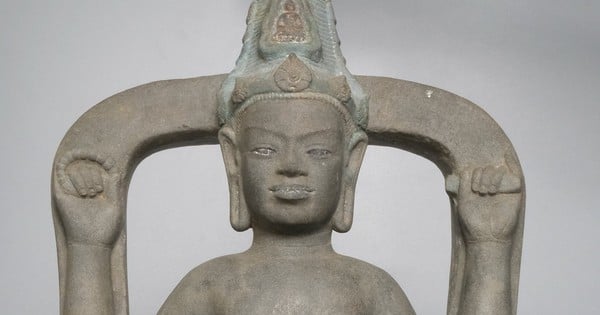



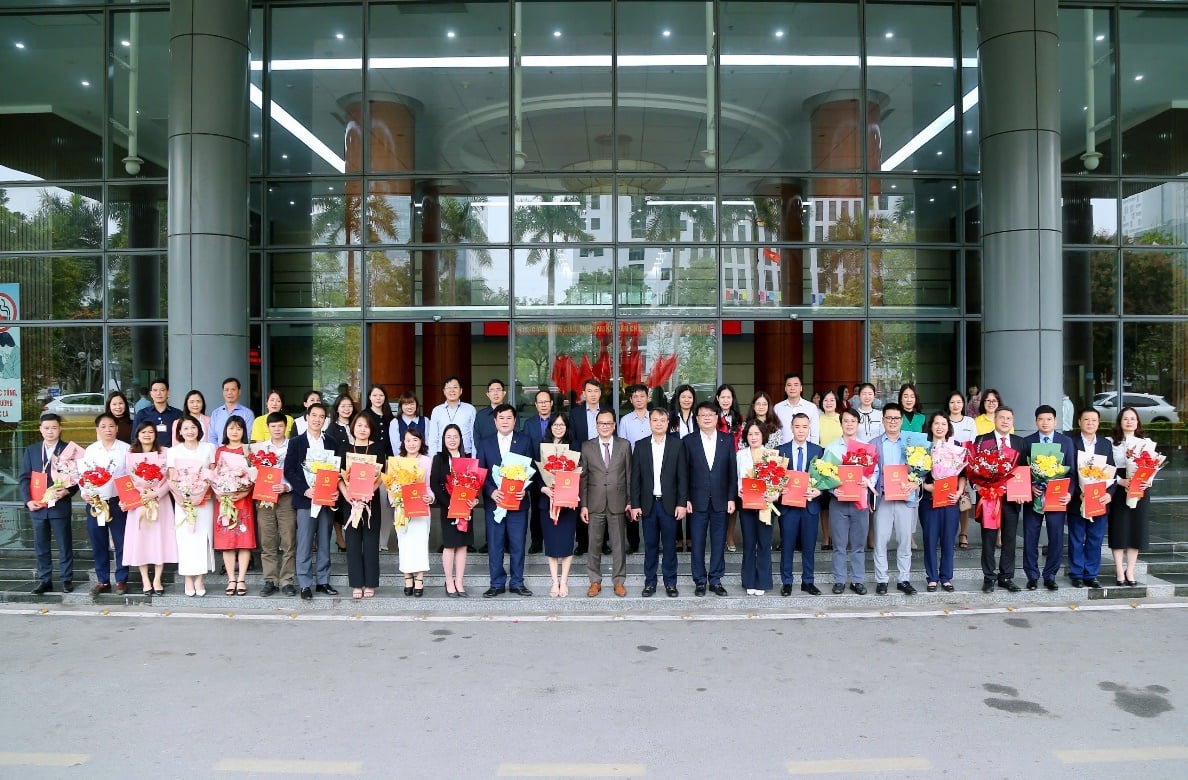


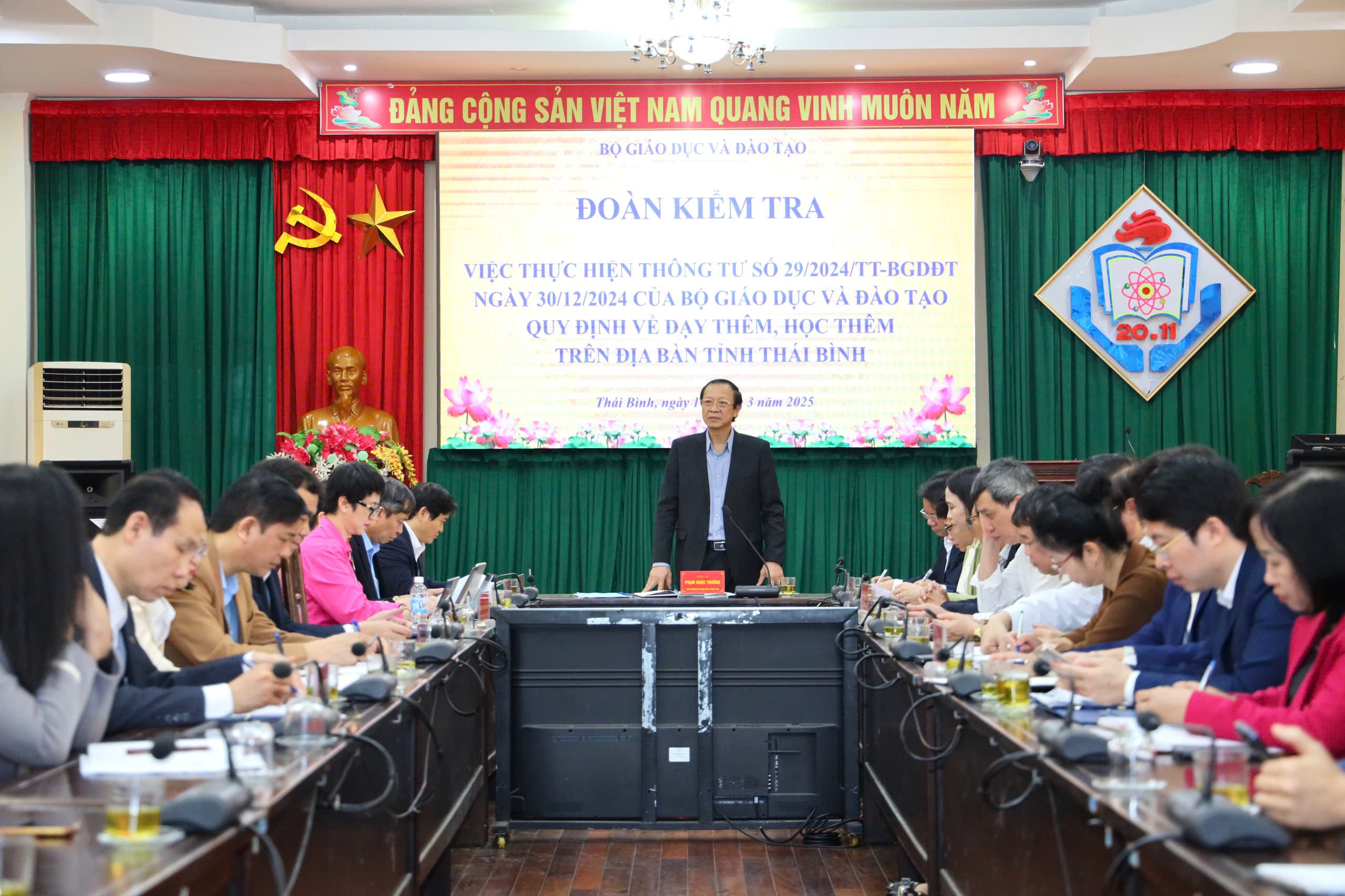





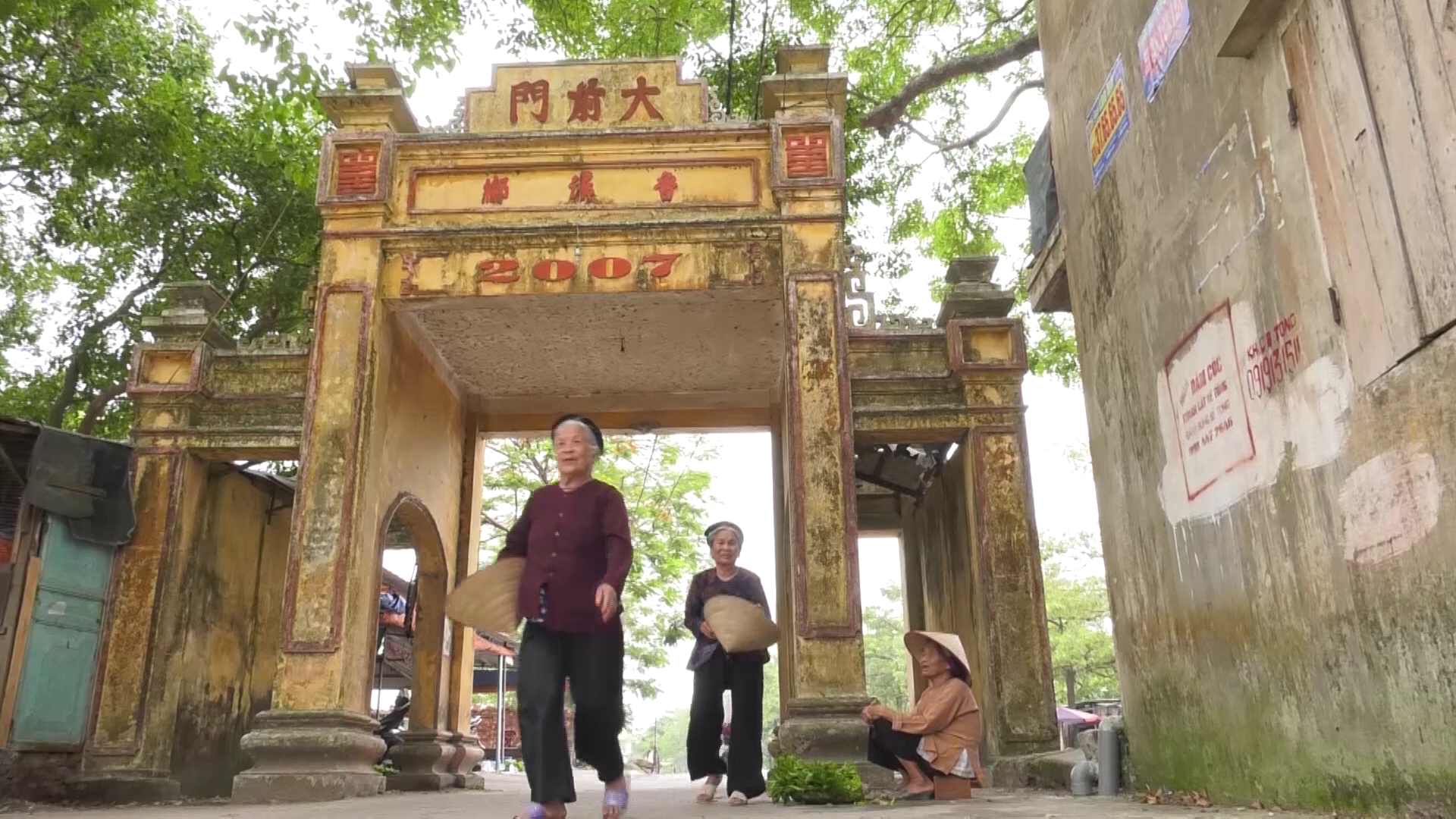









Comment (0)